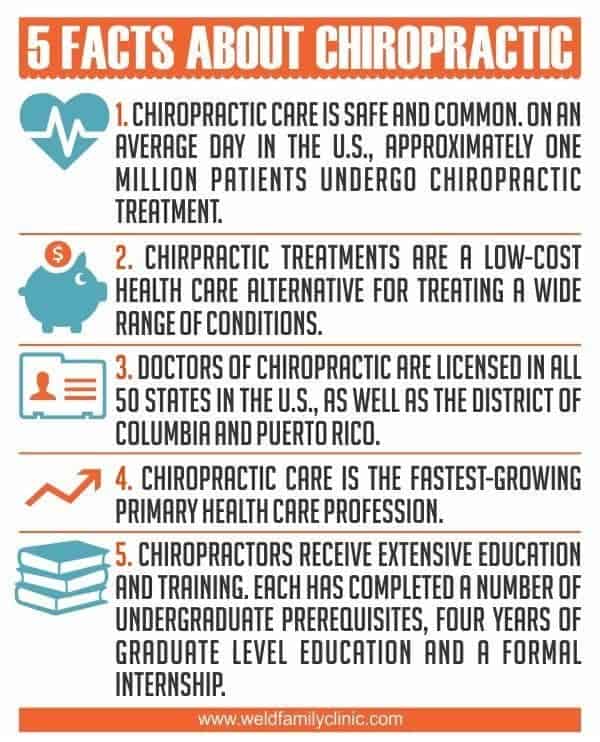Why Is Cold Laser Therapy Acquiring Popularity?
Why Is Cold Laser Therapy Acquiring Popularity?
Blog Article
Published By-
You have actually most likely seen the rise of cold laser therapy in various clinics and sports centers. It's becoming a best option for athletes and those taking care of persistent pain. This non-invasive treatment offers advantages that traditional approaches commonly can't match. But what exactly is driving this fad? Exploring no smoking laser in sports medicine and discomfort administration could shed light on its expanding allure.
Applications in Sports Medicine
As professional athletes push their bodies to the limits, they frequently face injuries that can sideline them for weeks or even months.
In such situations, cold laser treatment emerges as an effective device in sports medicine. This non-invasive therapy uses low-level lasers to permeate tissues, promoting recovery and reducing swelling.
You'll locate it especially useful for sprains, strains, and tendonitis, as it accelerates healing without the demand for medicines. Unlike typical methods, cold laser treatment permits you to return to educating faster, minimizing downtime.
Several sports centers currently supply this cutting-edge therapy, acknowledging its performance. By including it into your recuperation routine, you can improve efficiency and preserve your one-upmanship, guaranteeing you're constantly all set for the following difficulty.
Benefits hurting Monitoring
Cold laser therapy isn't simply a game-changer for professional athletes; it additionally provides considerable advantages in pain management for a variety of problems.
If you're taking care of chronic discomfort, this non-invasive treatment can supply relief without the negative effects typically connected with drugs. Cold laser treatment functions by stimulating your body's natural healing procedures, decreasing inflammation, and advertising cell regrowth.
You could locate it helpful for conditions like joint inflammation, tendonitis, or back pain. Several individuals report a decline in pain degrees and an enhancement in their overall lifestyle.
And also, https://coldtherapy44321.creacionblog.com/34227019/the-scientific-research-underpinning-cutting-edge-laser-treatment-a-comprehensive-source 's a quick treatment, typically requiring just a few sessions to see outcomes. If you're trying to find an effective discomfort administration service, cold laser treatment could be worth taking into consideration.
Function in Rehabilitation and Healing
When recovering from an injury, using cold laser treatment can significantly boost your rehab process. This non-invasive therapy advertises cells repair service by promoting cellular task, which aids your body heal faster.
You'll notice lowered swelling, discomfort alleviation, and boosted flexibility, enabling you to restore toughness and performance better.
Cold laser treatment increases blood circulation to the afflicted area, supplying vital nutrients and oxygen that aid in recovery. And also, it can help reduce scar tissue formation, ensuring a smoother healing journey.
Several physical therapists are integrating this therapy right into their treatment strategies, recognizing its potential to speed up recuperation. By incorporating cold laser therapy into your rehabilitation, you're providing yourself the best chance to go back to your typical activities quicker and with much less pain.
Conclusion
Cold laser therapy is getting traction for a factor. It uses a non-invasive solution that successfully treats sporting activities injuries and persistent discomfort, making it a go-to for professional athletes and daily people alike. You'll value how it reduces inflammation and promotes healing without the adverse effects of standard medications. As https://www.photonics.com/Articles/Laser_Therapy_Reaches_Hard-to-Treat_Epilepsy/a67454 accept this ingenious strategy, you'll locate it boosts recovery and boosts movement, really changing just how we consider discomfort monitoring and rehab.
